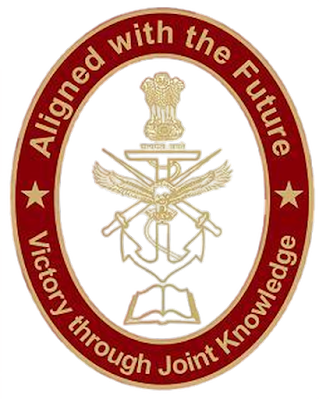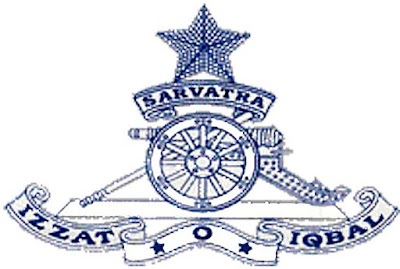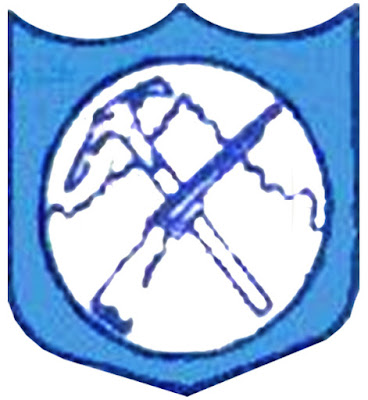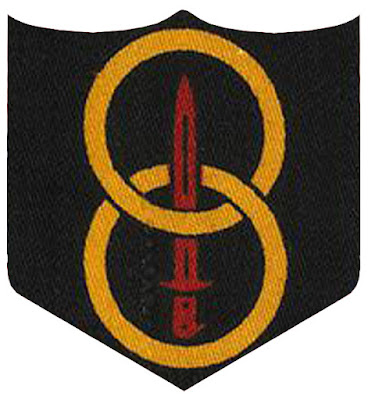CENTRE FOR JOINT WARFARE STUDIES

CENTRE FOR JOINT WARFARE STUDIES The Centre for Joint Warfare Studies (CENJOWS) was raised at the initiative of the Ministry of Defence on 24 Aug 2007 and is registered under ‘The Societies Registration Act 1860’. The Centre has been set up to rise above sectoral and departmental legacies and examine joint warfare and synergy issues in their entirety; provide the much needed interface between various stakeholders, viz the government, public and private sector, academia, NGOs and civil society and initiate debates and discussions in an independent and unbiased milieu for emergence of best possible alternative. Its emblem in brown and gold in oval shape has the motifs of all the three armed forces supported by a book and crested by the National Emblem. This is ensconced by a brown oval border in which ‘Aligned with the Future’ and ‘Victory Through Jointness’ is written. At the button its acronym ‘CENJOWS’ is placed.




